18. EDtv (1998)
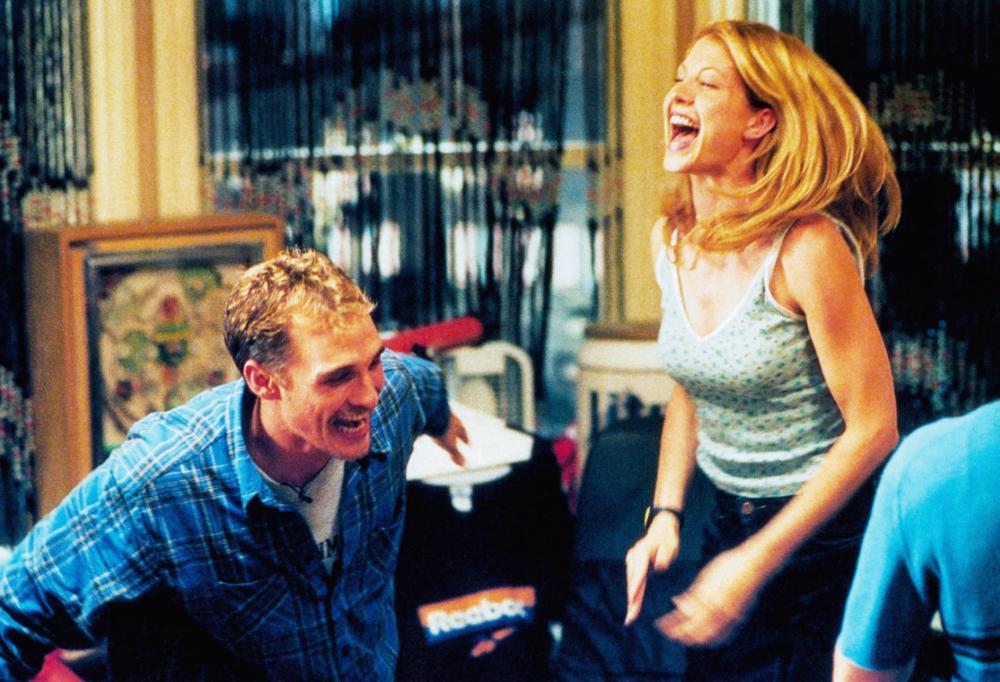
Although the film might be a run-of-the-mill comedy, Howard’s authorship is all over it: innuendos, a twist in the middle adding dramatic undertone, Matthew McConaughey’s love interest being the prime objective, and placing McConaughey in a situation he seemingly cannot escape.
EDtv anticipates the reality-TV obsession that would follow only a couple of years later, and in some regards Facebook-Live still decades away. The movie reflects the viewers of the fictional “EDtv” show: there’s nothing special about EDtv for the first reel, but like the movie’s spectators, “just let me watch a little more to see what happens”. All it takes is one embarrassing act on the part of Woody Harrelson and the drama starts. As opposed to most of the comedies in the 80s, Howard has a better balance between drama & comedy.
17. In the Heart of the Sea (2015)
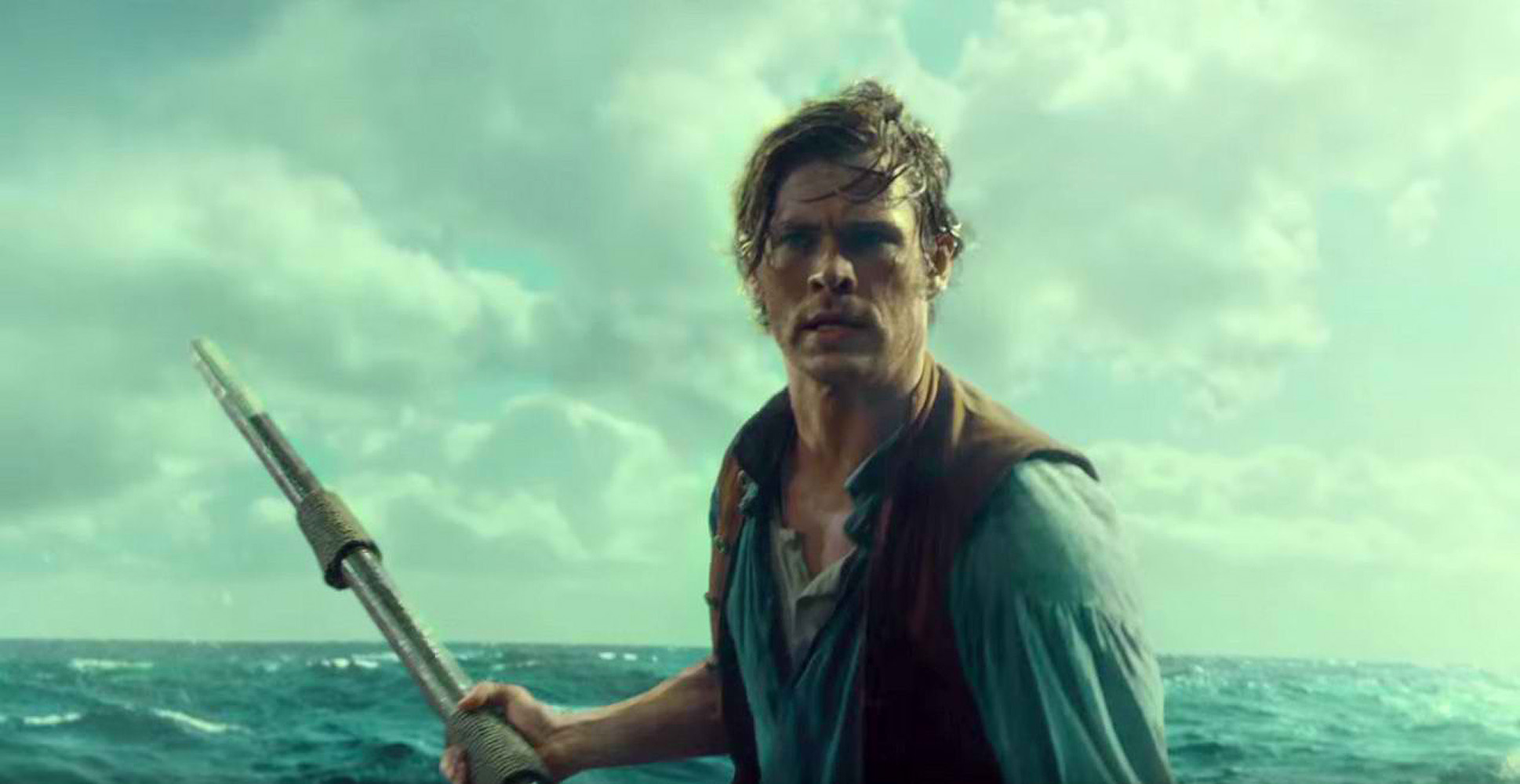
As a later film in Howard’s career, post-Da Vinci Code, where existential moral and quasi-theological conversations are more common, the story of the Essex and the inspiration for the novel Moby Dick is padded with a moral crisis.
It is a story of isolation and survival in the sprawling vast ocean, not unlike Apollo 13, yet the technicality of seamanship is not shared with a “mission control” back on Nantucket. The beginning of In the Heart of the Sea discloses to the audience that there were survivors, so the drama of whaling is compounded with the dark secrets that Brendan Gleeson conceals.
The disappointing pattern between Howard’s best work and his average work are when the themes seen in his caliber of excellence, fall short. Again, almost every element of In the Heart of the Sea fits the bill of quintessential Ron Howard style from the themes of hopelessness, survival, a dark history, the ebb and flow in the relationship between characters, etc.
Yet there is a lull in the narrative when watching the few survivors be dehydrated to the edge of death. Similar stories as seen in Cast Away (2000, Robert Zemeckis) or Life of Pi (2012, Ang Lee) incorporate this same dreariness, but the process of self-discovery that the characters go through engages the audience through the anguish. In the Heart of the Sea, however, borders on tedious for the audience to watch these men suffer.
Consider how Nicole Kidman in Far and Away, Cate Blanchett in The Missing, and Russell Crowe in Cinderella Man are each pursuing a “homestead” and the preservation of family; something concrete and tangible. There is a fight to these characters that’s compelling – as opposed to watching Chris Hemsworth and Tom Holland wither away.
16. Parenthood (1989)
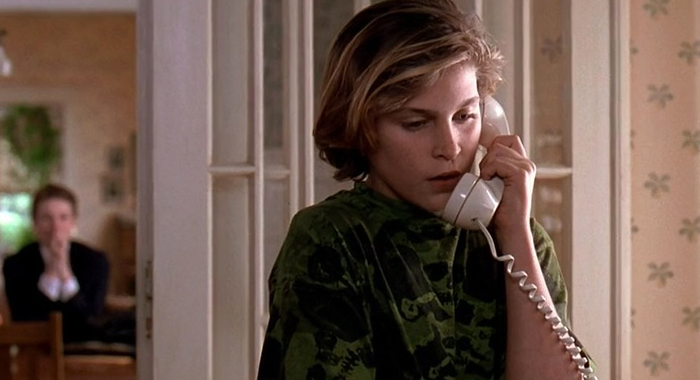
Following the grandeur and sprawling budget of Willow, Howard goes for something of a lighter touch – yet Howard’s Parenthood has honesty with a genuine touch of dark reality. Parenthood is a like a full season of a sitcom compressed into a 2 hour movie; an R-rated version of The Cosby Show (NBC, 1984-1992).
Similar to the variety of characters in Cocoon, Parenthood offers a spectrum of family members, each with a different story and difficulties. Howard loves a large cast and enjoys the interplay among the characters – hence Parenthood allows the ideal stage to have fun with relationships.
There’s plenty of darker moments for Howard to work off of through a seemingly harmless light film (as opposed to the drama of Inferno or Rush). Howard pokes at the controversial: the gambling addiction of Tom Hulce; consideration of abortion with Steve Martin; young motherhood through Martha Plimpton.
15. The Paper (1994)
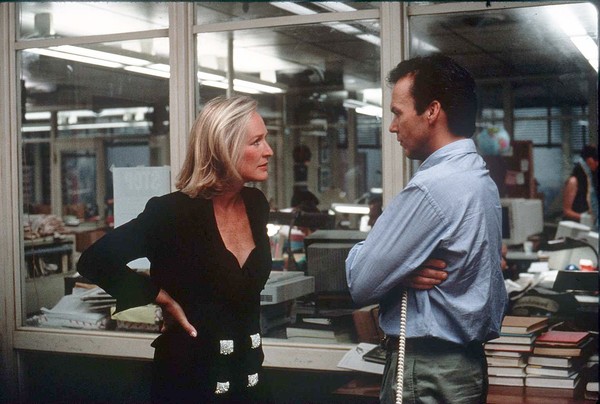
24 hours of newspaper hustle and bustle compressed into a melodramatic crisis of investigative journal intrigue. A charismatic cast led by Michael Keaton in his post-Batman (1989, 1992, Tim Burton) career, but with The Paper, Keaton is looser, playing a version himself from Gung Ho.
There are a handful of films where it seems Howard just kicks back and has fun; The Paper is one of them. The all-star ensemble of heavy hitters with their own stories and conflicts, intermixed with charming drollery shows Howard’s on the cusp of becoming a powerhouse director.
There’s the story of a cover-up intertwined with Keaton being emotionally badgered by work and family life, gives The Paper a more authentic emotional core. Climaxing on Marisa Tomei’s dangerous Caesarean birth is perhaps when The Paper tips its hand too far towards copious drama (the film doesn’t warrant the graphicness), yet still nicely bookends itself.
14. Inferno (2016)
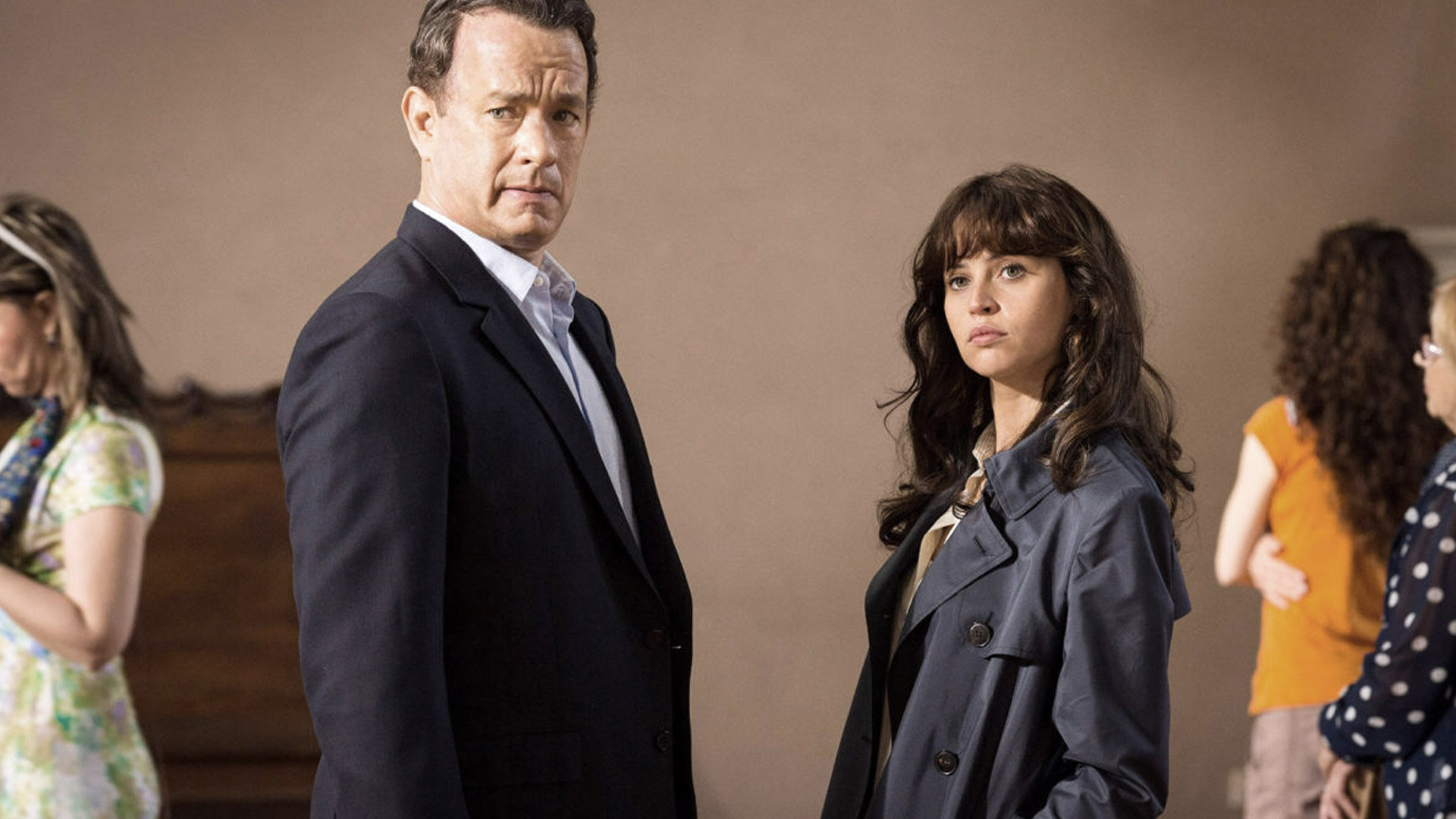
This is the closest Howard has come to a horror film and the most abrasive towards Robert Langdon’s well-being. It’s fascinating that in key filmmakers and franchise name only, Inferno is a sequel to The Da Vinci Code. Gone are the superimposed letters and the analytical suspense in lieu of a frantic police chase with undercover agents. The use of old paintings, artifacts, and museums for clues begins to lose some of its panache the third time around – yet the frenzy of Inferno keeps the thriller’s edge.
There are about a dozen parallels between Inferno and The Da Vinci Code with a death as the inciting incident, a police chase as the center action, Hanks as the bystander caught in the middle of a controversy he doesn’t understand, the usefulness of knowledge as a weapon, and the betrayal of an ally.
The Da Vinci Code was released prior to the success of Paul Greengrass’ poignant shaky-cam aesthetic (United 93; The Bourne Ultimatum) which influenced a change in the cinematography and editing of thrillers. The visual aesthetic between The Da Vinci Code and Inferno are drastically different, and considering the similarities – could Inferno have been the film that The Da Vinci Code should have been with a heightened pace in action?
13. Cocoon (1985)
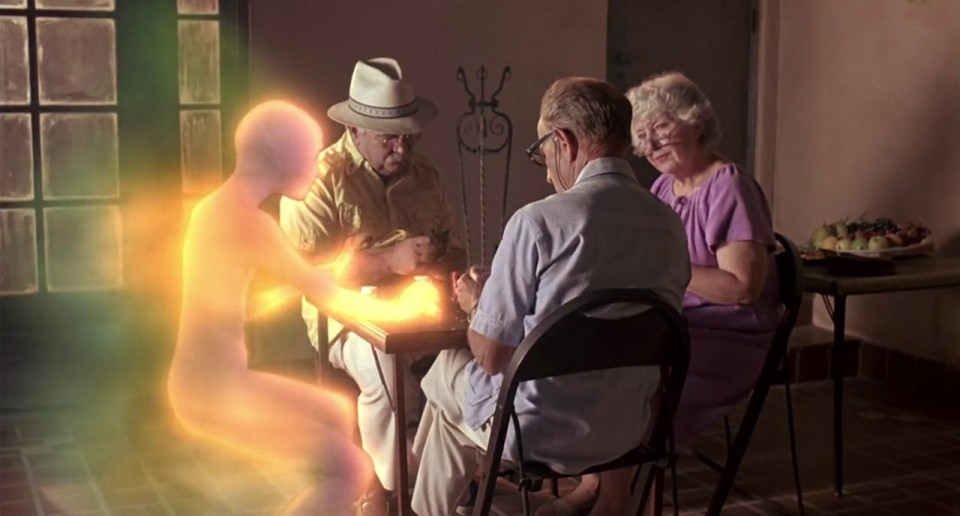
Most of Howard’s work holds the balance between drama and charm: Cinderella Man maybe hard-hitting, but the audience enjoys the quipping of Paul Giamatti, or the political intrigue of Frost/Nixon is charismatically articulated through Sam Rockwell’s character.
Cocoon is not the laugh-out-loud humor akin to Night Shift or The Grinch, but functions off the charm of the old men. Howard has plenty to work with through the different characters and their varying relationships, allowing Cocoon to insert comedy without becoming silly.
Cocoon marks Howard’s first collaboration with James Horner, and the significance of Cocoon’s score is that it’s an early draft of their future soundtracks, and in many ways resembles Howard’s authorship, via the erie brass and violin. Even in scores James Horner wouldn’t compose, the musical tempo and compositions hallmark a style which Howard would default to (Thomas Newman for Gung Ho, or Hans Zimmer for The Da Vinci Code).
12. Ransom (1996)
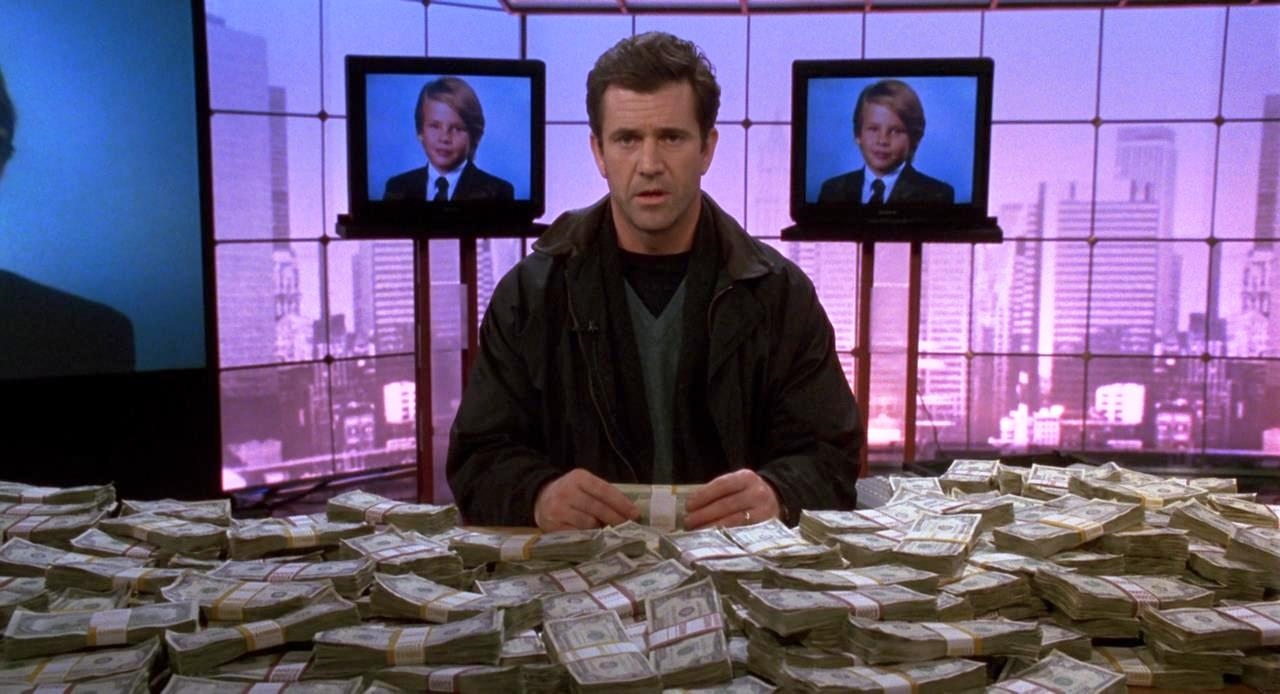
Mel Gibson belongs in the same category of Woody Allen and Clint Eastwood, in that his acting credits reflect his authorship. This allows for two different readings of Ransom… as a Ron Howard film in which a man must do battle against his son’s captors, the FBI, and the family emotions.
As a Mel Gibson film, a man is atoning for his sins by sacrificing himself for his son to restore the family unit. Despite the auteur readings, each twist raises the stakes for Gibson, until he chooses to fight back – going against professionals and following his instincts. The narrative backs Gibson into a corner – turning him from a millionaire into a furious man.
The Ron Howard of the 1990s is not afraid to challenge himself, and although a thriller like Ransom might seem better suited for David Fincher (Se7en), Howard makes due with the interplay of the characters on both sides. The characters in Ransom keep their cards close to the chest, which gives a mystery to the film that Howard masterfully balances.
11. The Beatles: Eight Days A Week – The Touring Years (2016)
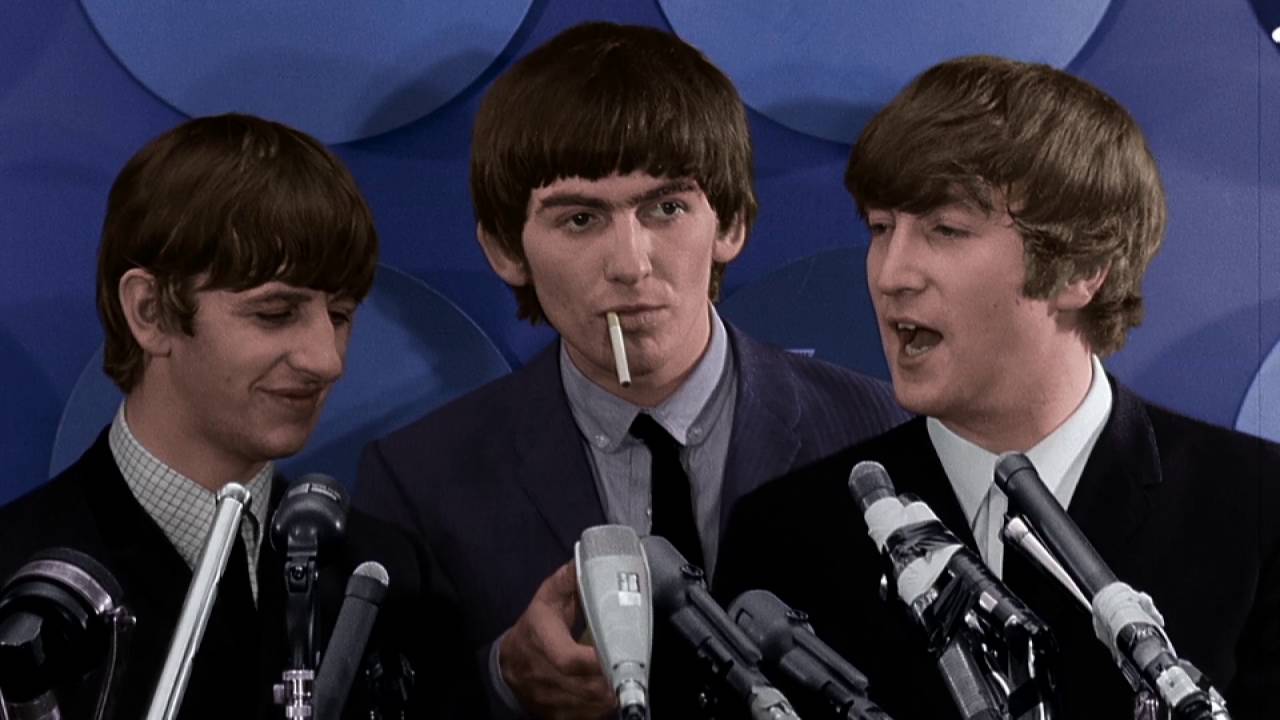
The story of The Beatles has been primarily remembered through the hype of Beatlemania, the unfortunate dissolve of the band, and the untimely assassination of John Lennon. Yet Eight Days A Week tells a much more compelling story of collaboration and the turmoil of rabid success. Howard only has Paul McCartney and Ringo Starr to do the best he can to show the bonding relationships and the comradery the four underwent during the circus of touring.
Similar to Made in America, Howard cuts long segments of concert footage into a narrative about the culture. For Eight Days A Week, Howard highlights the Beatles effect on the world at large and in that vein we see the mounting tension segwaying into the complication of tour performances.
Howard wonderfully adopts the documentary genre, making The Beatles out just as many of Howard’s protagonists: pushed against incredible odds and traumatic events. Eight Days A Week evolves into a fantastic narrative of young adults and they hardships that shaped their maturation: a riot in Cleveland, a bomb threat in Memphis, an armored car escape from San Francisco — as the film goes on, the darker the story becomes. Howard brilliantly concludes Eight Days A Week upon the eve of the second phase of The Beatles’ music career, telling a complete narrative of an artist’s development.
10. Angels & Demons (2009)
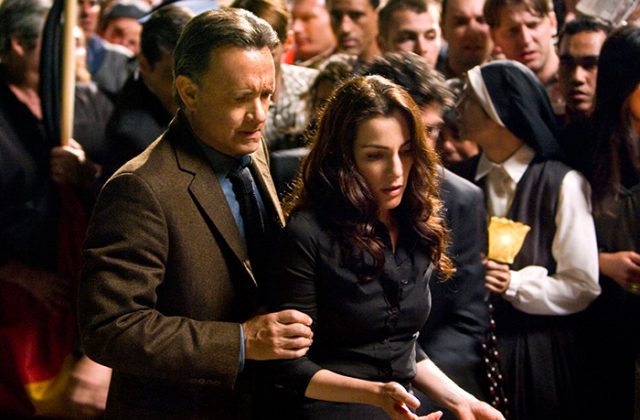
The Da Vinci Code was one of the most anticipated movies of the 2000s, and upon its hyped release, was met with lukewarm reviews. For a filmmaker who constantly pushes his heroes to the breaking point, Howard does not go easy on Hanks in the sequel, and in turn creates one of the most satisfying follow-ups to a disappointment. Whereas The Da Vinci Code was a murder mystery, Angels & Demons is a ticking-time-bomb thriller with more energy and an eerie level of macabre.
Tom Hanks/Robert Langdon is just the smart man in the prequel, yet in Angels & Demons the Catholic Church gets to challenge him back. Additionally, the casting of Ayelet Zureh tags a subliminal romantic tension for Langdon – which is often a narrative vantage point which Howard uses in flushing out his characters. Digging into Langdon’s character lends more for the audiences to invest in; similar to A Beautiful Mind and Frost/Nixon, the more desperate the situation becomes, the more we see the characters develop.
Furthermore, the Robert Langdon films owe a debt of gratitude to the masterful score of Hans Zimmer. The music and songs of Howard’s films are essential to the tone, particularly the spirited themes in the finales (few of Howard’s films ever quietly fade to black). Zimmer’s requiem Gregorian chants for The Da Vinci Code are ideal, yet in Angels & Demons he outdoes himself, setting the film on a higher plateau from standard popcorn flick.